5 Basic Yoga Poses
It's easy. Based on being stable and comfortable, and aware of yourself, master the correct daily posture (this is a long story, I will write another answer), and divide the categories of forwarding bending, back bending, twisting, side bending, and inversion. You can choose a few actions that you can do every day. Each category has countless poses for you to choose from, and their functions are all the same. Don't think that the harder the action, the greater the effect. Only the one that suits you is the best for you.
No matter how soft or flexible your body is, there is bound to be an asana that works for you. Everyone can practice yoga is not a joke. Below I will recommend a few common introductory actions.
Forward Bends: Wide-Leg Infant Pose
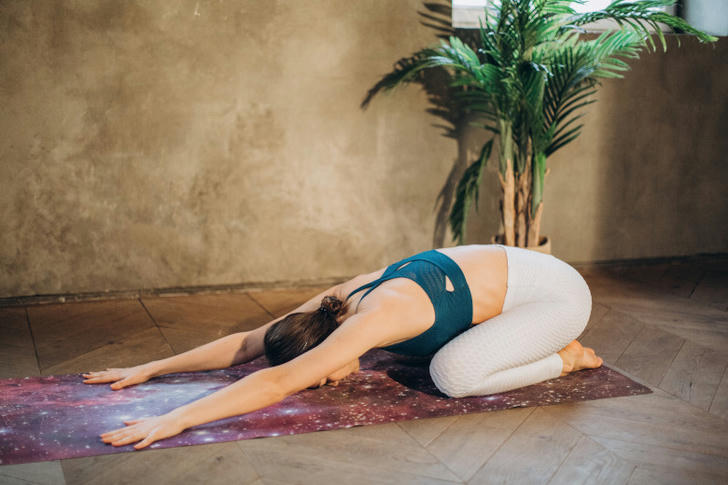
Asana points:
(1) First kneel on the mat, spread your knees apart, and touch the thumbs of your feet;
(2) The hips lead the upper body to slowly fall until the forehead touches the ground;
(3) Look for the heels with the buttocks down, and try to let the hips sit on the feet as relaxed as possible.
Note: If you can't get your hips to touch your heels (which I did when I first started practicing), you can put a yoga block or blanket under your forehead, between your hips and your feet. If you don't have a yoga block or blanket, you can choose something soft and thick instead. , the specific height of the pad depends on your situation, you can adjust it several times until you feel stable and comfortable.
(4) The arm can be stretched forward or relaxed and the forearm can be placed on the ground or the hands can be stacked under the forehead.
This pose is great for when you are tired between work or before going to bed to help you relax your tense nervous system.
Backbend Class: Low Cobra
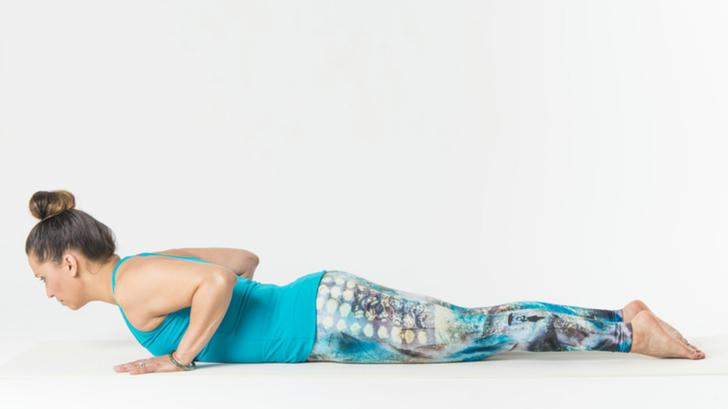
Asana points:
(1) Lie prone on the mat, feet together, hands on the chest, hands shoulder-width apart;
(2) When inhaling, chin, abdomen slightly, two elbows to the middle, chest forward and upward;
(3) When exhaling, the chest cavity and chin fall to the ground in turn;
(4) Repeat 3-5 times.
Side bending class: wind blowing tree type
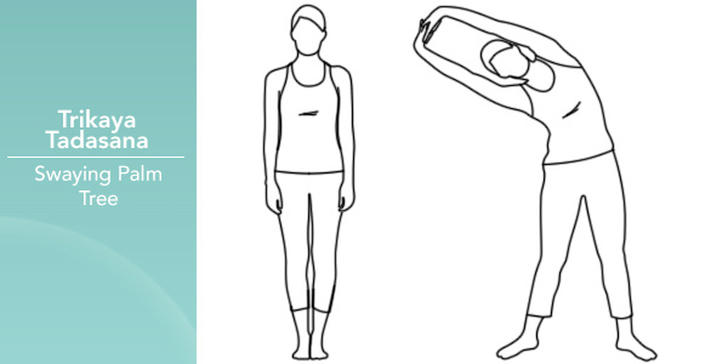
Asana points:
(1) Stand upright on the mat;
(2) Interlock your fingers and lift your arms when you inhale;
(3) Keeping the lower body still, when exhaling, slowly lower the upper body to the right side of the body from the waist to the chest cavity, to the cervical spine, to the head, and feel the extension of the left side of the body;
(4) When inhaling, the upper body slowly returns to the center from the waist to the chest, to the cervical spine, and the head;
(5) Keeping the lower body still, when exhaling, the body falls to the left side of the body and feels the extension of the right side of the body.
Repeat the above steps 3-5 times
Twist class: Supine twist
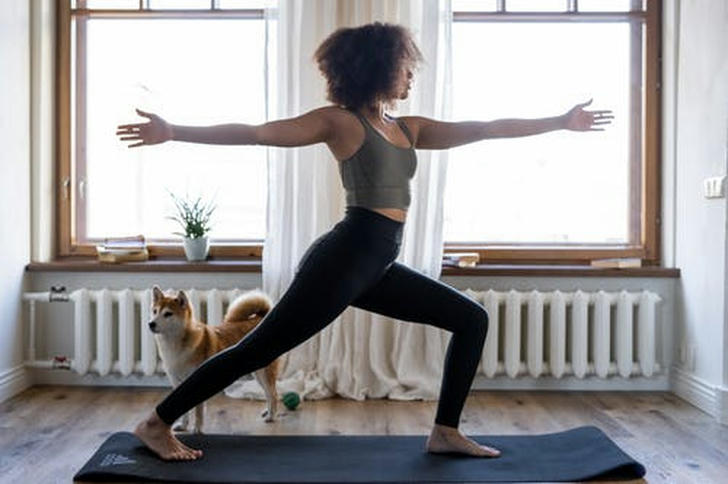
Asana points: (1) Lie flat on the mat, with your legs together and straight, and your arms straight to the sides in a straight line;
(2) When inhaling, bend your knees and bring your thighs close to your chest;
(3) When exhaling, slowly bring your knees to the direction of your right elbow, turn your head to the left, and stay for 3-5 breaths;
(4) When inhaling, bring your knees back to your chest and turn your head back to the center;
(5) When exhaling, turn your knees to the left elbow, and turn your head to the right at the same time, stay for 3-5 breaths.
Handstand: Bridge
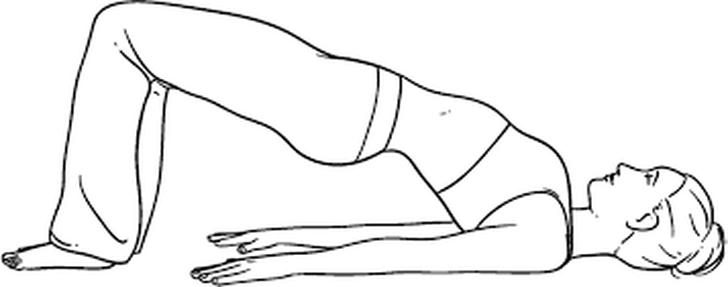
Asana points:
(1) Lie flat on the mat, the calf and the sole are about 90 degrees (slightly greater than 90 degrees can also be, but not less than 90 degrees), the distance between the feet and the knees are the same as the width of the pelvis, and the hands are square on the mat. The distance between the hands is shoulder width;
(2) When inhaling, the ribcage leads the spine to lift section by section, and finally lifts the pelvis; (note that in the process of lifting the body, the distance between the knees is always the same as the width of the pelvis, do not separate outwards)
(3) When exhaling, the ribcage leads the spine to fall to the ground one by one, and finally to the pelvis.
(4) Repeat 3-5 times.
Matters needing attention in the process of practicing yoga:
(1) Always observe the breathing and the feeling of the body, and judge whether you have violated the principle of "non-violence" in yoga practice by whether the breathing is rapid and whether the body is comfortable;
(2) If you feel uncomfortable during the practice, then make appropriate adjustments based on acceptance - such as changing to a posture that has the same effect but is easier, or adding some auxiliary tools to make the practice less laborious, such as Pause for a while, take a break, and watch your breath;
(3) The practice process should be gradual, with the movement intensity from low to high and then slowly to low, giving the body sufficient preparation and buffering time.
(4) Everyone's physical condition is different, so the asanas that need to be practiced will also be different. In the process of practicing yoga, we can learn to observe our own body, which part feels more rigid, which part is more flexible, whether we usually sit for longer or stand longer, and adjust our practice according to our actual situation. and its frequency, allowing more even space in all parts of your body.
